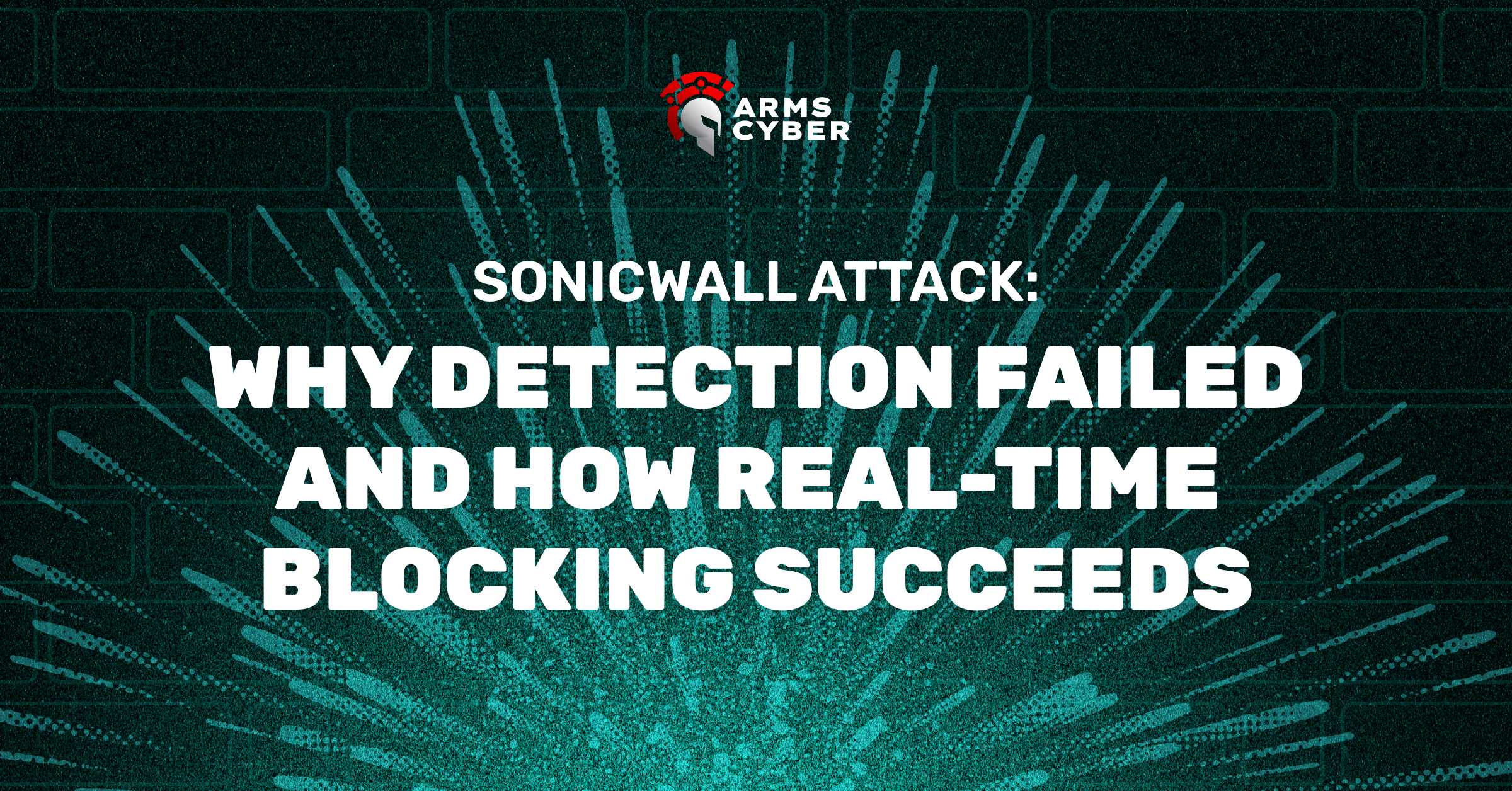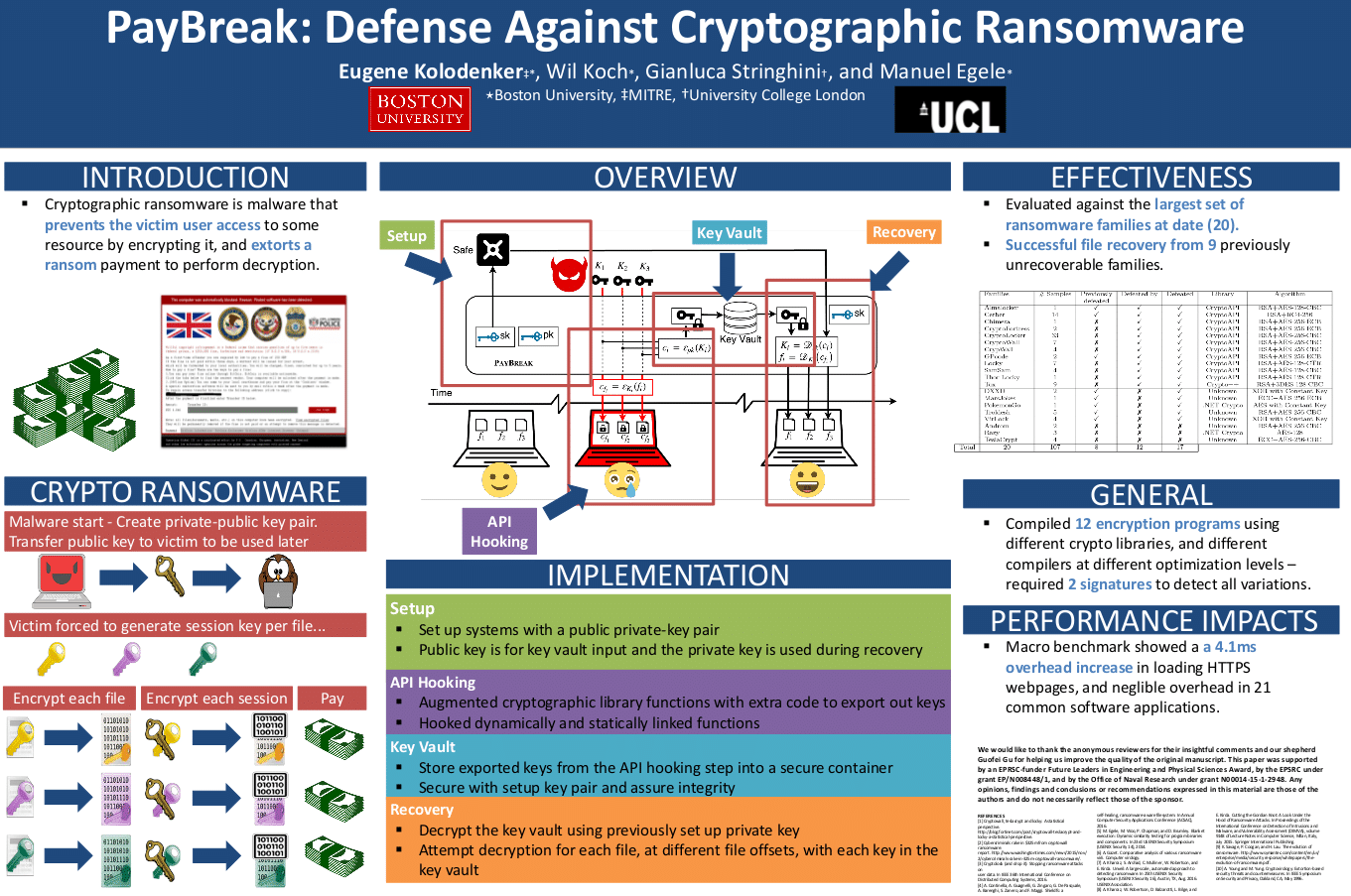
Years ago, advanced cyberattacks were the domain of highly skilled and well-resourced hackers, often operating within the framework of a nation-state or a sophisticated criminal syndicate. These attacks required a deep understanding of programming, networking, cryptography, and a mastery of stealth techniques to avoid detection. But today, the landscape has dramatically shifted. The democratization of hacking tools and the rise of services like Ransomware-as-a-Service (RaaS) have lowered the bar, enabling even novice attackers to carry out sophisticated attacks with relative ease.
The Old Days: Crafting an Exploit from Scratch
In the past, building a sophisticated cyberattack from scratch required a comprehensive and deep technical skill set, often taking years to master. A talented hacker would need to be proficient in several domains: programming languages like C, C++, Python, and Assembly to write and modify malicious code; in-depth knowledge of operating system internals for Windows, Linux, and Unix to find and exploit vulnerabilities; and a strong grasp of networking to navigate systems, perform reconnaissance, and exfiltrate data.
Beyond this, understanding cryptography was critical for data obfuscation and securing communications with command and control (C2) servers. Developing zero-day exploits—attacks that target previously unknown vulnerabilities—required expertise in reverse engineering software, identifying flaws, and crafting reliable exploits. Each stage demanded meticulous attention to detail and extensive trial and error, with the entire process of learning and mastering these skills taking a dedicated individual several years, if not decades. For example, creating something as sophisticated as the Stuxnet worm, which targeted Iran’s nuclear centrifuges, would have taken a team of highly skilled hackers months, if not years, to develop and deploy.
Operational security (OpSec) was another essential component. Hackers had to be meticulous about covering their tracks, using techniques like secure drop sites, encrypted communication, and avoiding patterns that could lead to their identification. The use of virtual private networks (VPNs), proxy chains, and anonymizing networks like Tor was common practice. Understanding the target’s digital environment was also critical, often involving extensive social engineering—tricking individuals into divulging information or performing actions that would give the hacker access. Phishing campaigns were tailored, researched, and executed with precision, often targeting specific individuals or organizations.
This level of sophistication meant that advanced attacks were limited to a small group of elite hackers who had spent years honing their craft. It required not only technical skills but also creativity, persistence, and a thorough understanding of the target environment.
The Rise of Script Kiddies
Fast forward to today, and the cyber threat landscape looks very different. Thanks to the leakage of sophisticated hacking tools, such as the NSA’s EternalBlue exploit, and the proliferation of ready-made hacking frameworks, even individuals with minimal technical skills—often referred to as “script kiddies”—can launch damaging attacks. The term “script kiddies” refers to inexperienced hackers who rely on pre-writtenscripts or tools created by others to execute cyberattacks, without fully understanding the underlying mechanisms. No need to spend years acquiring technical skills because they can now access a range of automated tools and services readily available on the dark web.
One of the key enablers for these low-skill attackers is the availability of Ransomware-as-a-Service (RaaS) platforms like REvil, DarkSide, and Conti. These services function similarly to legitimate software businesses, providing all the necessary tools for an attack, including the ransomware payload, payment processing, and even customer support for victims. For a monthly fee as low as $50, with a 20-30% cut of any ransom paid to the operators, even a novice can launch a full-scale ransomware campaign. In 2021, DarkSide made headlines after their ransomware was used in the attack on Colonial Pipeline, disrupting fuel supply across the Eastern United States. Affiliates using this service didn’t need to understand the complexities of creating or deploying ransomware; they simply had to follow the step-by-step instructions provided by the platform.
Similarly, phishing kits, which provide pre-built templates to mimic popular websites like Gmail or Facebook, can be purchased for around $100. This allows attackers to run convincing phishing campaigns without needing to understand HTML or how to set up a phishing site. For example, a Gmail phishing kit available on dark web marketplaces includes templates and scripts for a fake login page, instructions for deployment, and even tips on how to avoid detection. This accessibility has led to a surge in phishing attacks, where cybercriminals can simply buy a kit, follow the instructions, and start harvesting credentials.
Initial Access Brokers (IABs) further reduce the barrier to entry by selling access to compromised corporate networks. For a few thousand dollars, an attacker can buy access to a network, bypassing the need for reconnaissance and exploitation altogether. Platforms like Genesis Market offer digital fingerprints—packages of stolen cookies, saved logins, and even browser configurations—allowing attackers to bypass multi-factor authentication for as little as $5 per user profile. This means that a low-skilled attacker can gain access to a secure network without ever having to write a line of code or even conduct a phishing campaign.
The availability of automated tools like the MetasploitFramework, which simplifies the process of finding and exploiting vulnerabilities, and CobaltStrike, which provides sophisticated post-exploitation capabilities, means that even someone with minimal technical knowledge can perform complex attacks. For instance, Metasploit is an open-source tool that provides a user-friendly interface for selecting targets and payloads, effectively automating tasks that once required deep technical knowledge. Cobalt Strike, originally developed for legitimate security testing, has become a favorite among cybercriminals for its ability to deploy payloads, execute commands, and establish command and control (C2) infrastructure with minimal effort.
The Dark Web Marketplace: An Ecosystem of Crime
The dark web has become a thriving marketplace for cybercrime services, offering everything from exploit kits and stolen data to hacking tools and illegal services. Aspiring hackers can find a wide array of tools and services that lower the technical barrier to entry. Exploit kits, for example, are pre-packaged sets of malicious software that target common vulnerabilities in browsers and plugins like Flash and Java. The RIG Exploit Kit, a popular choice among cybercriminals, automates the entire process of distributing malware by exploiting outdated software on victim machines. For as little as a few hundred dollars, an attacker can purchase a kit, deploy it on a compromised website, and start infecting visitors with malware.
Similarly, botnets for hire allow attackers to launch DDoS attacks or distribute malware on a large scale. The Mirai botnet, which infects IoT devices, can be rented for as little as $15 per month, enabling even novice hackers to launch powerful DDoS attacks with minimal effort. Data dumps and credentials are also widely available. Massive troves of stolen data, including login credentials, personal information, and even credit card details, are sold for prices as low as $10 for thousands of records. This means that attackers don’t need to breach networks themselves; they can simply purchase the data they need on dark web forums.
The Future of Cybersecurity: What This Means for Us
The commoditization of cybercrime tools and services has had a profound impact on the security landscape. Attacks that once required significant resources and expertise can now be executed by almost anyone willing to spend a few dollars and follow a YouTube tutorial. This democratization of cybercrime has led to an explosion in the number of attacks and the types of actors involved.
Awareness and education are crucial. Organizations and individuals need to be more vigilant than ever, implementing robust security practices like regular patching, multi-factor authentication, and employee training to recognize phishing attempts. For businesses, investing in threat intelligence and monitoring services can help detect and respond to threats before they cause damage. The fact that anyone can now access sophisticated cyberattack tools for a small investment should serve as a wake-up call for us all.
How Arms Cyber Can Help
The Arms Cyber ransomware solution employs a comprehensive, multilayered defense-in-depth approach that combats ransomware at every stage of execution. Utilizing a mix of cutting-edge strategies, traditional defenses are transformed into a moving maze, designed to disorient and effectively disrupt even the most advanced attackers. From initial intrusion, through attempts at evasion, to malicious payload execution, Arms Cyber identifies and neutralizes ransomware threats earlier and more effectively compared to signature-based and behavioral methodologies.







